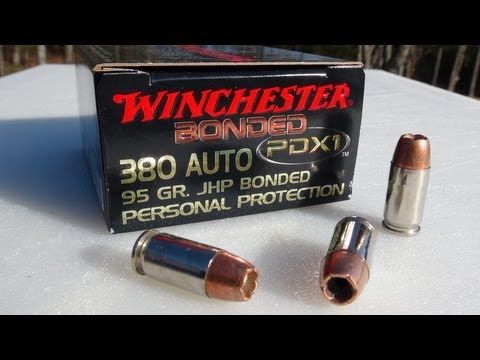What percentage of Self Defense shootings are through an open window of a car...
1. It's totally irrelevant since any loading will penetrate an OPEN window without any loss of performance.
2. It's totally irrelevant since the shot you are talking about did NOT go through a window. Platt's torso was out of the car when that round hit him.
Now, to the issue of the upper arm getting in the way of a self-defense shot. I don't know that there's any data that would allow us to quantify the percentage, but it's quite common for people to twist around before being shot. This can result in attackers actually being shot in the back because they twist away when they see the gun. It's not a stretch to assume that if they didn't quite twist far enough that the shot might hit them in the arm before going into the chest from the side.
The idea that all self-defense shots go into an attacker who is facing them directly so that the necessary penetration is minimized is absolutely incorrect.
What target, in a 10" torso, will the round fail to hit, while expanding larger than most 9mm rounds?
You desperately need to watch some bodycam/dashcam/security cam video of shootings. Attackers get shot from all angles, not just straight in through the front of the torso. I've seen one where the attacker was running away with his torso twisted slightly toward the victim while holding his gun out and shooting more or less backwards at the victim. Since he was still shooting at the victim, he still posed a deadly threat and returning fire would be justified and very important to stop the threat.
In addition, it's not uncommon for attackers to get hit in the hands and arms since their hands and arms tend to be out in front of their torsos while wielding a gun or contact weapon.
I'm not saying this to prove that the .380ACP is worthless for self-defense, but it's important to understand that self-defense shots come in all different varieties, NOT just straight in shots from a target standing up and facing the victim.
And I am simply expressing Facts, including the one that to FBI dumped the 9mm and tailor-made the .40S&W/180 gr. to meet that spec..
I like facts.
Fact: The 9mm was just one of the rounds that the FBI approved for carry prior to the switch to 10mm. In fact, agents at the Miami shootout shot both 9mm and .38Spl and possibly the .357Mag. The change wasn't a switch from 9mm to 10mm, it was a switch from pretty much everything they had issued before to the 10mm.
Fact: The FBI didn't tailor-make the .40S&W. They tailor-made a 180gr 10mm loading. AFTER the FBI adopted the 10mm, S&W introduced the .40S&W to duplicate the downloaded FBI 10mm ammo.
Fact: FBI adopted the 10mm in
1989.
Fact: .40S&W was introduced in 1990.
Fact: FBI first issued .40S&W pistols in
1997.
By the way, here's another interesting fact. The 1076 10mm issue pistol was problematic and so, before the FBI switched to the .40S&W in 1997, for awhile they issued SIG pistols in 9mm. Which means that the timeline actually goes like this:
1988 FBI develops the 10mm FBI loading.
1989 FBI officially switches to 10mm.
May 1990 FBI begins issuing S&W 1076 pistols in 10mm.
May 1991 S&W 1076 pistols are recalled.
1991 FBI begins issuing SIG pistols in 9mm.
1997 FBI issues pistols in .40S&W.






